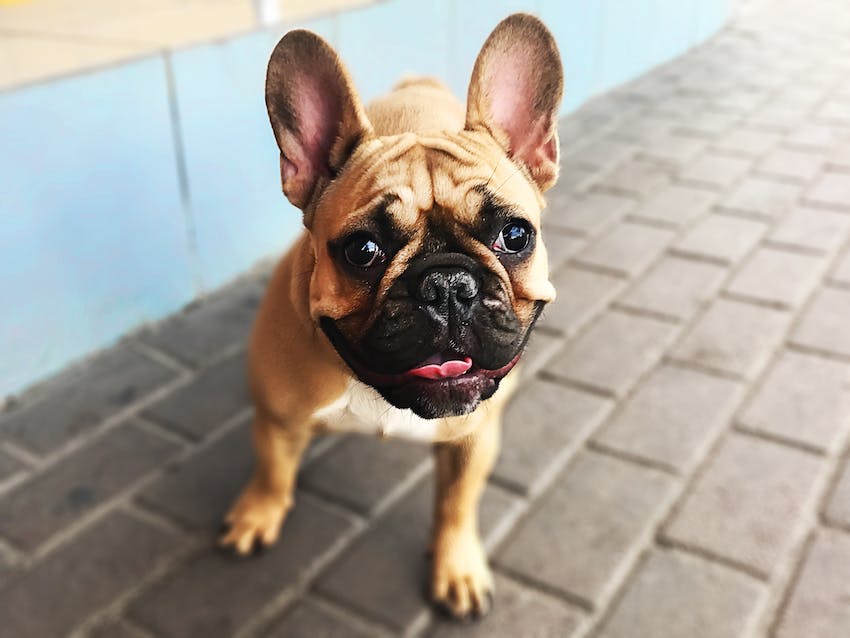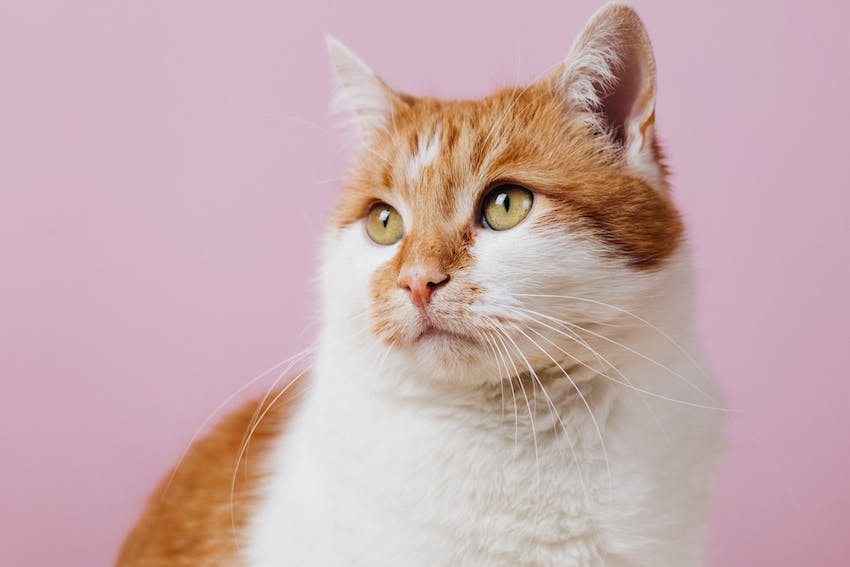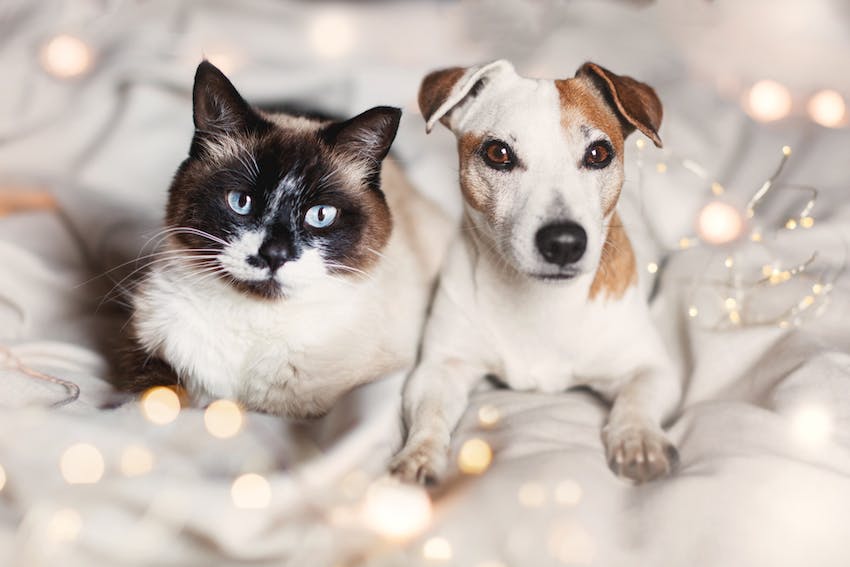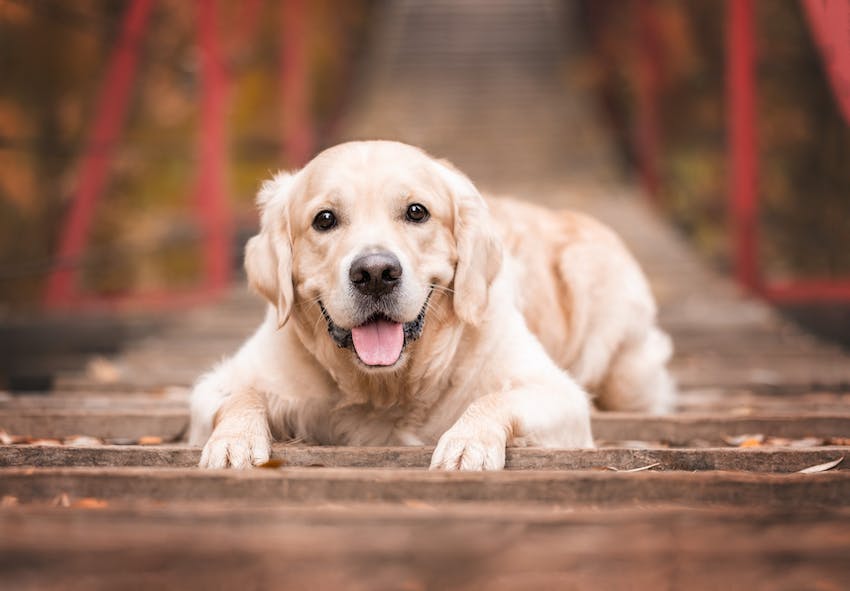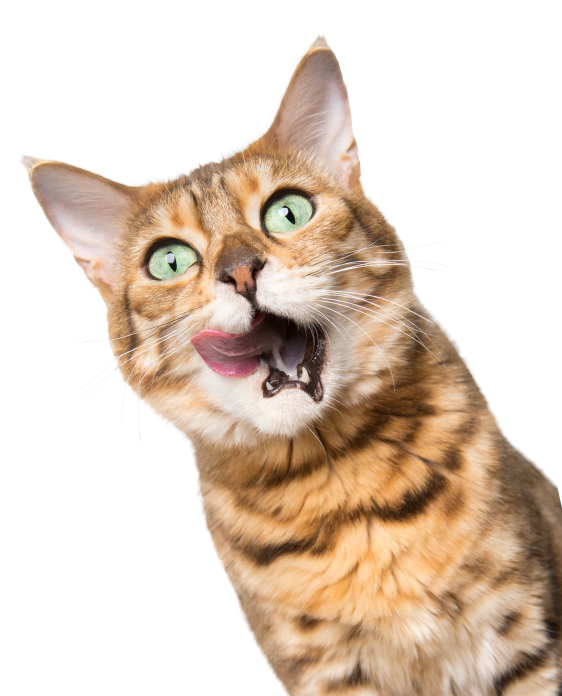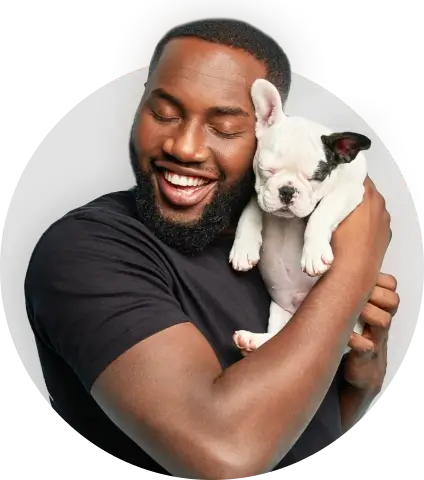How to Take the Perfect Pet Photos: Tips from a Pro
By: Brianna Gunter / Published April 20, 2022
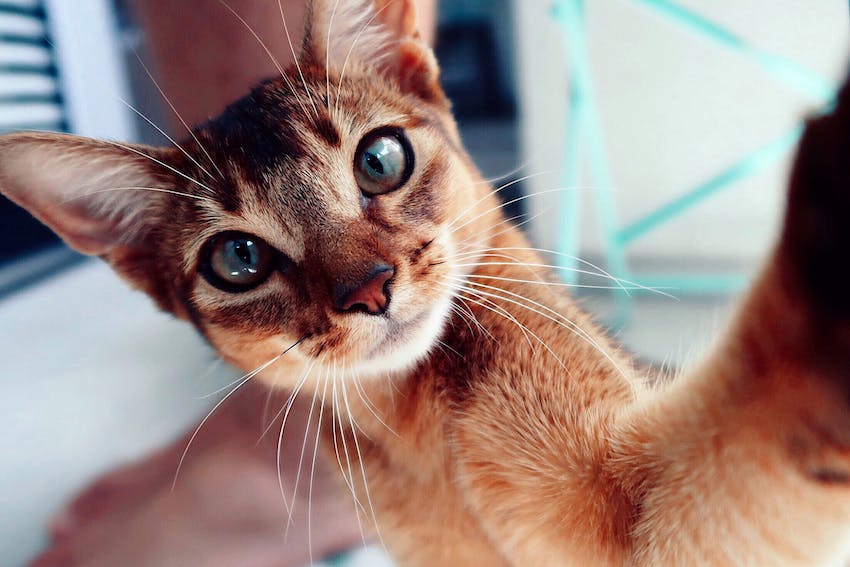 Cute, friendly, majestic—your pet is all of these and more. Naturally, his magnificence deserves to be captured in photos for all the world to see. But while you’d like to ask your dog to hold a smile or tell your cat to quit attacking the camera, real life often has other plans.
Cute, friendly, majestic—your pet is all of these and more. Naturally, his magnificence deserves to be captured in photos for all the world to see. But while you’d like to ask your dog to hold a smile or tell your cat to quit attacking the camera, real life often has other plans.
Still, taking perfect pet photos is possible with a little determination and a whole lot of patience. We turned to professional photographer Carlton Canary (who recently did a pet-tastic photoshoot with Trupanion) for expert-level advice.
Tips for taking the perfect pet photos
Whether you’re using the camera on your phone or a fancy DSLR, there are some key things to keep in mind when trying to capture that perfect pet portrait.
1. Find your pet photo inspiration
Even if you have some pet photo ideas beforehand, there’s a good chance that the finished product could end up being entirely different. According to Canary, it’s all about experimentation and trying out new things you might not have considered.
“Look at other photographers or artists and try to emulate their work,” he says. “You'll find that you stumble across ways of doing things that are unique to you.”
2. Wait for when your pet is calm
Just like humans, pets can have different reactions when put in front of the camera. Some may enjoy all the attention and being stars of the show, while others just want to run and hide. The right time to take pet photos is therefore when it works for best for your pet, not just for you.
“As you get started, remember it should be a fun and stress free environment for you and your pet. If they aren't having a good time then it will show in the photos,” Canary says. “As you experiment, you'll find what works for you, and what you are responding to.”
3. Start with natural light
Even if you’re set on setting up some lights in a studio or room at home, Canary suggest starting with natural lighting first.
"Natural light is a great teacher,” he says. “How does the light from a window look, how does direct sun look? There are few wrong answers, only what you like and don't like.”
While you may or may not end up using this for your dog and cat photos, getting a better understanding of how light falls will help you learn how to accentuate your pal’s best features.
"For myself, I really seek out multiple soft lights from just behind and above camera. I think this light really catches the reflections on a pet's fur and eyes, and provides some dimension. Most importantly it's about experimenting and finding what you respond to, and what your pet will tolerate.”
4. Keep the focus on your pet, not the background
Some people want to make their pet portrait as artistic and interesting as possible, but adding too much into the mix can detract from the subject. Keep backgrounds simple, and let dogs and cats be themselves. As Canary puts it: “People care much less about the background than they do about seeing your pet's personality.”
5. Respect the differences between cats and dogs
Have both a dog and a cat at home? Even if you’re taking a pet portrait of them together, keep in mind that they may have different needs for being comfortable enough to get their pictures taken.
Dog photo tips
“For dogs, I'd say treats are a last resort,” Canary says. “Once your dog knows there are treats involved they will be solely focused on that. I'd start with general commands first, then toys to get a more playful expression/movement, and treats last. Definitely reward your dog for tolerating the photoshoot though.”
Pet owners should also be extra mindful of the setting when it comes to their dog model’s paws. This is especially true if opting for a traditional photo studio setup. As Canary notes, “most dogs get unsteady on slippery paper backgrounds. Either seek a non-slip alternative or give them plenty of time to get used to it.”
Cat photo tips
“For cats, it's much more about their environment. Making sure it’s a calm place, with few or no unfamiliar smells/people/pets,” Canary explains. “Most cats don't follow commands, so treats can actually be much more useful.”
To capture your cat’s facial features, Canary suggests leading them through the space with a treat in hand and trying to guide their eyes towards the camera. Of course, some persistence will still be involved in most cases.
“In general cats don't like to make eye contact, especially in unfamiliar situations. Be ready to place your feline friend back in the scene repeatedly as they will likely want to leave,” Canary says. “A toy on a string or stick can also be really useful here if your cat is more playful.”
And if that’s not working? Canary suggests getting creative.
“Make odd, but not scary, sounds,” he says. “I found many of the cats on my recent Trupanion photoshoot were really curious about the sound of a rustling soft box, and a bird chirp I've done since I was a kid."
6. If using a professional pet photographer, stay close by
Many pet owners like going with a professional photographer to ensure quality. However, this doesn’t mean that the entire situation should be left in the pet photographer’s hands. Your pet will be most at ease when you’re present and there to reassure them.
“Functionally, making portraits of animals is very similar to making images of people. In general I get myself to the subject's eye level, shoot with the same lenses, lights, etc. The big difference is with people, it's all about my connection with the subject,” Canary explains. “With pets, I really rely on the owner / handler to do the bulk of the interaction.”
Canary has a BFA in photography and has been a commercial advertising photographer since 2012, working with both humans and animals. He lives in Seattle with his partner Michelle and their two cats, Benny and Ki-10. His work can be viewed at carltoncanary.com.
Want more fun things to do with your four-legged friend? Check out Five Indoor Activities for Dogs, or sign up for the Trupanion newsletter to get cool pet advice delivered straight to your inbox.
